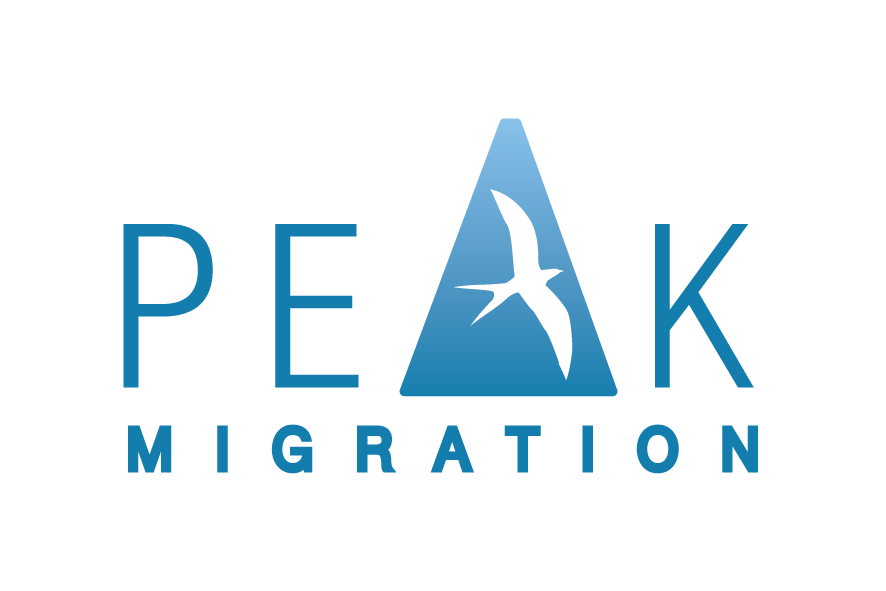457 Temporary Skilled Migration Income Threshold (TSMIT) review released
/Without much fanfare, late last month saw the release of the previously reported review of the TSMIT. Should the recommendations be implemented, its importance to the 457 visa programme will be critical.
The TSMIT is an important lever in the programme. It is a benchmark minimum base rate of pay a Standard Business Sponsor can nominate an overseas worker. The limited exception is if the nominee’s annual earnings are greater than the TSMIT and the Minister considers it reasonable. The TSMIT should always be taken into consideration with the “market salary rate” criterion which requires businesses to demonstrate that the nominee’s terms and conditions are no less favourable than what an Australian citizen or permanent resident is, or would be, provided for performing equivalent work at the same location. The reason for this is that if the "market salary rate" is less than the TSMIT, the nomination is likely to be refused.
The TSMIT is currently AUD 53,900 per annum and has been this amount since 1 July 2013, “frozen” since it was increasing at a steady rate since it was introduced on 14 September 2009.
The immediate recommendations, among others, are that:
- It should be retained as a single figure,
- It should continue to be set at $53,900,
- It should be indexed as of July 2016,
- Indexation should be proportionate to the seasonally adjusted wage price index,
- Concessions should continue to be negotiated through labour agreements,
- The discrepancies between the 457 programme and the permanent employer sponsored visas (Employer Nomination Scheme and Regional Sponsored Migration Scheme) should be addressed.
What does all this mean, should these recommendations be implemented? If the indexation begins from July 2016, it may well be that an increase is on the cards, most likely occurring on 1 July 2017 if history is anything to go by.
The one practical problem with any increase to the TSMIT is with the 457 nominations lodged and awaiting assessment. Applications that met the TSMIT before the increase, but do not after are caught as nomination applications are assessed with the laws applicable at the time of decision. Unless there are transitional provisions that apply, which have never occurred previously, businesses are faced with meeting the new threshold or face their previously approvable nominations (assuming all other criteria are met) with refusal.
In the medium term, there will be little change except more transparent and fair increases. When one considers Australian wages increases have been minimal for some time (1.9% last year according to the Australian Bureau of Statistics), with no change in sight, the TSMIT should remain equally flat.
The recommendation to review the discrepancy between the 457 programme and permanent employer sponsored visa programme seems to contradict one of the original functions of the TSMIT. This was to “ensure visa holders have reasonable means of support” as “457 visa holders may be subject to higher costs of living in Australia than Australian citizens and permanent residents…[due to] their inability to access social services.” This concern would be redundant with permanent employer sponsored visas as these visa holders will generally have access to these services.
As this review is part of the Robust New Foundation package of reforms, the report claims that “Once this framework is fully operational, the reliance on rigid regulation through measures such as TSMIT could be reduced.” While there have been some changes over the previous months, the programme has yet to be agile enough to react quickly towards changing industry sector and regional needs. The catalyst for speedy reforms, the Ministerial Advisor Council, and its effectiveness, has admitted been “proved to be premature”.

